How to grow hosta from seeds?

Although the hosta is not popular, this plant has its fans. In addition to the beautiful, luscious greenery, the host is also attractive with other features. It is literally indispensable for decorating a garden or local area, as it feels good even in shaded areas. In addition to propagation by leaves and cuttings, hosta can also be obtained from seeds. This method is not widespread enough and requires detailed consideration.
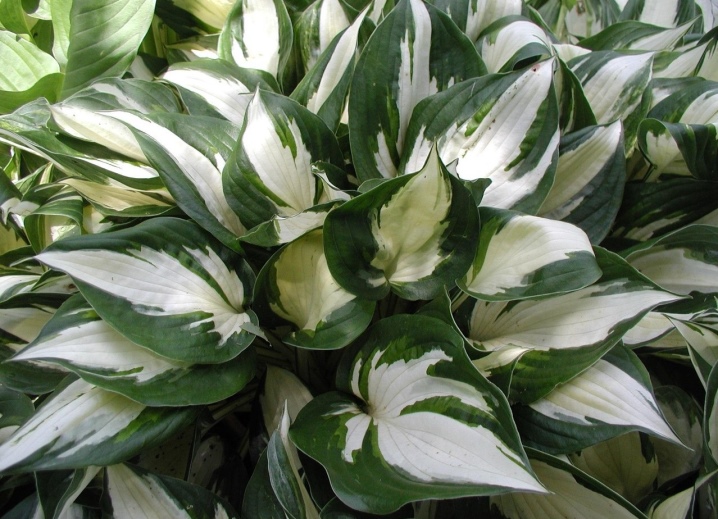
Collection and preparation of planting material
It should be noted right away that propagating hosts with seeds is not easy. You need to be ready to work at different stages - from growing seedlings at home to transplanting into open ground. And this process is quite long.
To see a plant in full bloom, you have to be patient and wait about four years. And this can be considered the main disadvantage.

However, there are advantages here as well.
- Seeds are easy to collect on your own if there are already such plants on the site. In this case, you can be completely confident in their quality. In addition, only when you see an adult plant in front of you, you can imagine what will grow from the collected seeds.
- Purchased seeds are inexpensive. Planting material obtained as a result of division, or already grown seedlings, will cost many times more.
- Growing plants from seeds, you can prepare them well for transplantation, harden them, make sure that they do not get sick. The result is healthy and strong plants with excellent appearance.
- This way of breeding is not only an opportunity to gain experience. Seed-grown hosts can be a source of pride.
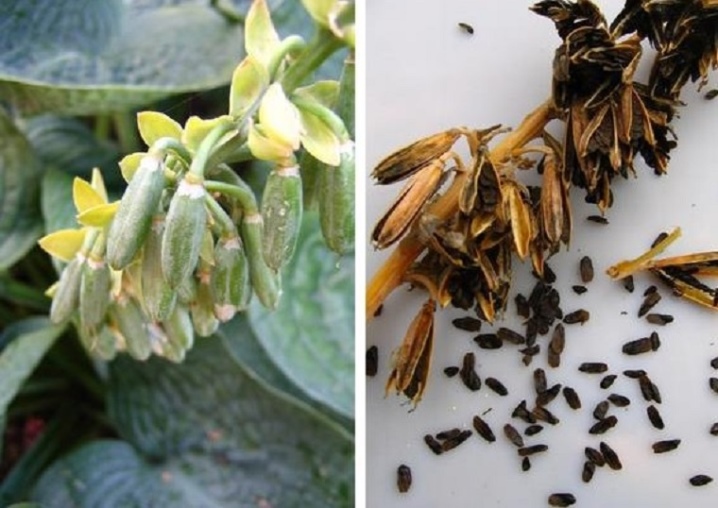
Collecting and preparing seeds with your own hands is quite simple.
- In terms of timing, the collection begins in August-September, but you need to focus on the plant itself. It is necessary to wait for the seeds to ripen. The best guideline for this is the color of the triangular box. If it is brown, dry enough, or some have already begun to open, you can start collecting.
- The seeds should be oblong, dark brown. They are well cleaned of foreign debris, evenly distributed on a flat surface and dried well.
- Store seeds in paper or cloth bags in a cool, dry place. It is better to divide all the collected material into several parts, since if stored incorrectly, some may deteriorate, but the remaining ones will be preserved. The shelf life of the collected seeds is no more than two years.
- Before planting, the seeds are soaked in a growth-stimulating solution. But it is worth knowing that even under these conditions, a small percentage of the total mass will not sprout.
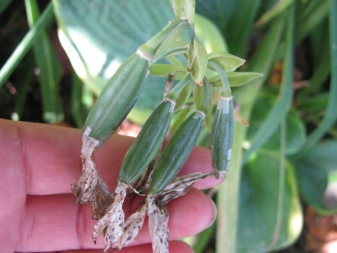

Correct sowing
Before you start sowing seeds at home, you need to prepare tools, containers and soil. Special containers, boxes, wide pots are suitable as containers. The main requirement for them is the presence of holes in the lower part. They are needed to drain excess water, as its stagnation can damage the seedlings. You can make the missing holes yourself. If the container has already been used for growing seedlings, it must be thoroughly washed and disinfected. For small hosts, a depth of 10 cm is enough (too deep can affect negatively).
Another condition for the successful cultivation of hosts from seeds is the selection of soil. For seedlings, you can buy a ready-made mixture or make it yourself.
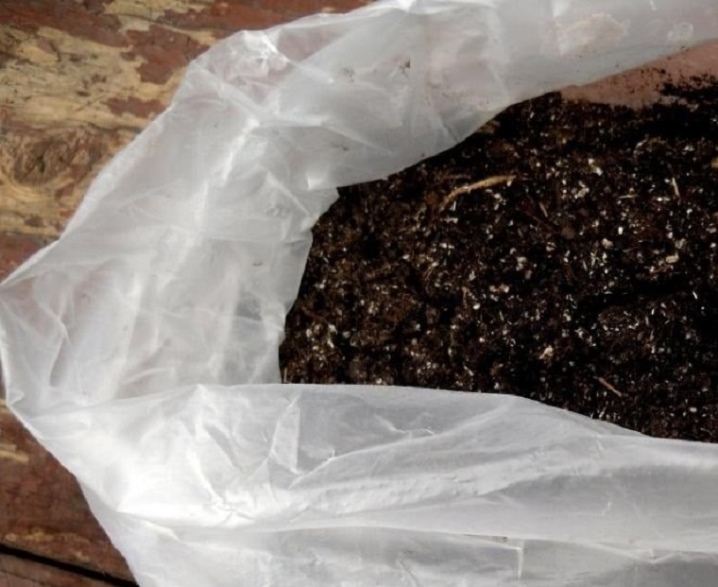
In this case, you need to take one part of the nutrient soil and half the amount of peat and sand. All components should be ignited in the oven or, in extreme cases, doused with boiling water. This procedure will help get rid of harmful microorganisms.
Sowing seeds is as follows.
- First you need to fill the container correctly. The bottom layer will be drainage; small stones are needed for it. The mixture is poured next, a small part of it must be left to complete the work.
- The soil needs to be slightly moistened and the seeds spread over it. They can be sown quite often, as the plants will subsequently be planted.
- The decomposed seeds are lightly sprinkled with the remaining soil (with a layer of no more than 1 cm). If the top layer is too thick, the seedlings will have to wait longer or they will not be at all.
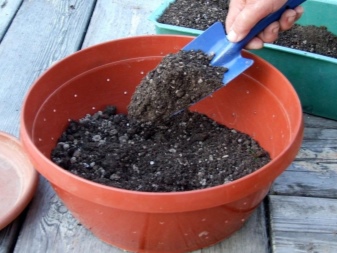
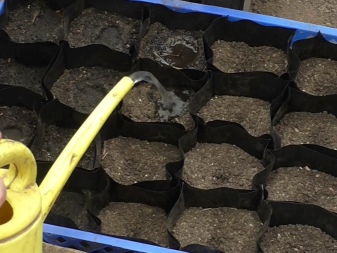
From above, the container is covered with glass, transparent film or a bag. This is necessary to protect seedlings, maintain temperature and retain moisture. The entire film can be removed after the first shoots.
Growing seedlings
Since all work begins in April, you should monitor the temperature in the room where the seedlings are located. For good development and quick shoots, it should be slightly higher than room temperature. For the same reason, it is undesirable to place containers on window sills - it may be too cold there, and a lot of sunlight is not needed at first. Overheating of heating devices can also negatively affect the seedlings. Delicate seedlings should be necessarily protected from the scorching midday sun.
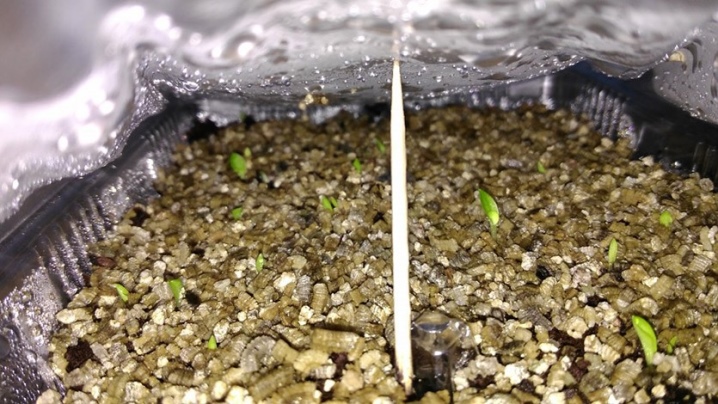
Watering in the first week should be abandoned. Subsequently, it must be carried out as carefully as possible and as the earth dries up. To assess soil moisture, you can use sticks or use containers with transparent walls. Another method that does not damage young seedlings is bottom watering. In this case, water enters through the drain holes.
And for this you just need to put the container in a tub or basin with warm water and wait until the soil is sufficiently moistened.

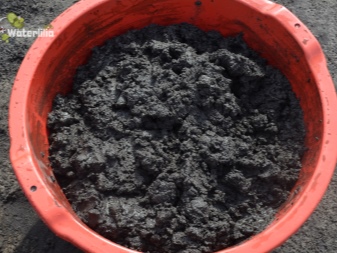
The host grows very slowly. Seedlings can be expected after two weeks on average. As soon as the first leaves appear, the plants should be prepared for picking. When seating, it is worth picking up containers that make the subsequent transplant into the ground as easy as possible. Each plant is carefully removed along with a clod of earth and lowered into a prepared pot. You can add soil from above and press it lightly. If the seedlings are rare enough, you should leave them as they are. To make the hosts more resilient, hardening can begin. If the air outside has warmed up enough, the seedlings are briefly taken out into the street or balcony. The main thing is that there are no strong drafts.
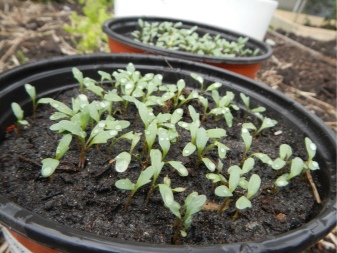
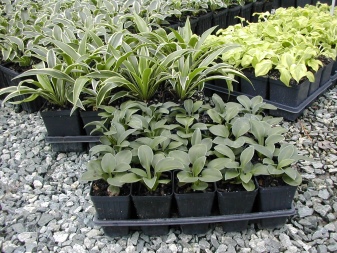
Transplant to open ground
Closer to July, you can start preparing a permanent site. Even a shadow is suitable for the host - this is its advantage. It is believed that the conditions of detention depend on the variety, because the brighter the leaves, the more light the plant will need. Although even in this case, a few hours in the sun is enough (preferably in the morning). At the chosen place, you need to remove all the debris and dig up the ground well, carefully selecting the roots of the weeds and breaking large lumps. So that when watering the water does not flow down to one side, the future flower bed should be even.
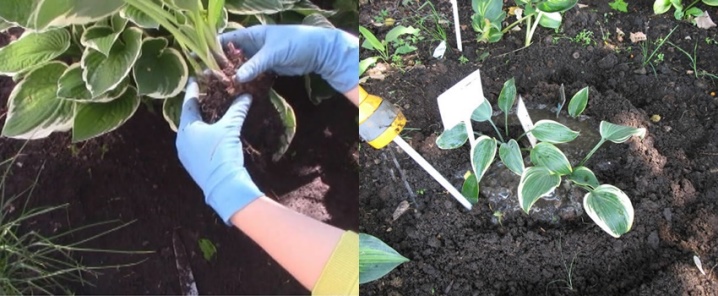
At the same stage, you can correct the condition of the soil with the help of various additives. To make the soil more loose and crumbly, sand is usually added to it. This will not only prevent moisture retention, but also ensure good air exchange in the soil. Another important indicator is acidity. To make the soil neutral, you can use slaked lime, dolomite flour or ash diluted in water.
All additives must be evenly distributed and dug to a depth of at least 15 cm.
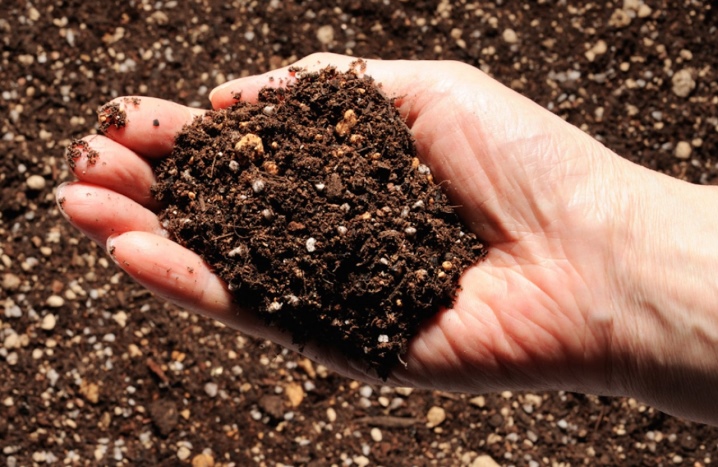
Then you can follow the instructions:
- form a hole, add some sand to the bottom, and then - earth;
- carefully remove the seedlings from the container;
- without peeling off the ground, place in a recess, sprinkle on top and tamp lightly.
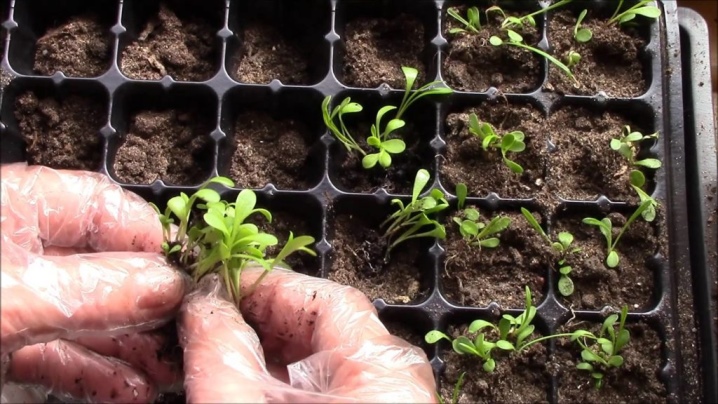
The distance between the pits depends on the splendor and size of the host in adulthood. For medium-sized ones, 50 cm is enough. For more lush and tall ones, this distance should be increased to a meter. All landings must match the chosen site design. A solo landing is possible, but they look best in a group. They can be planted as an independent flower bed, combined with some flowers and shrubs.
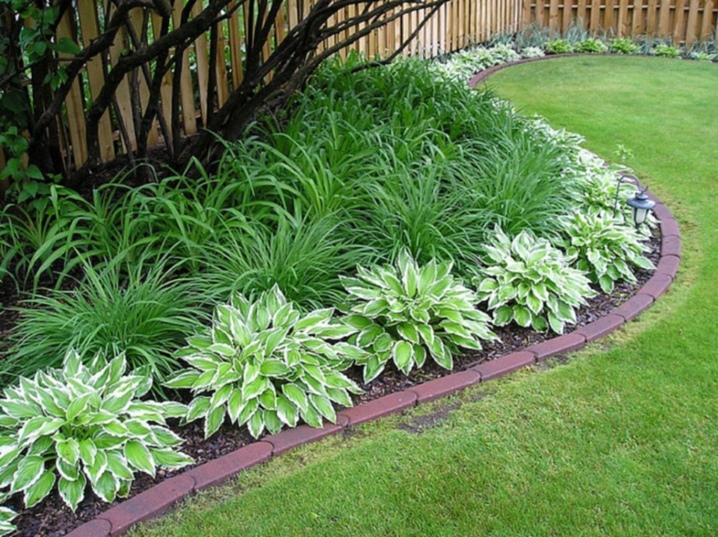
Further care
Particular attention should be paid to top dressing. To fertilize the soil well, humus can be used at the stage of cultivating the site. Usually this measure is enough to provide the plant with everything it needs in the first year or even two. The same method can be used every year in late summer or early autumn, so that the seedlings have time to prepare well for wintering.
During spring and summer, the host needs frequent watering. This is usually done in the morning and evening. For young hosts, it is advisable that the water is warm.
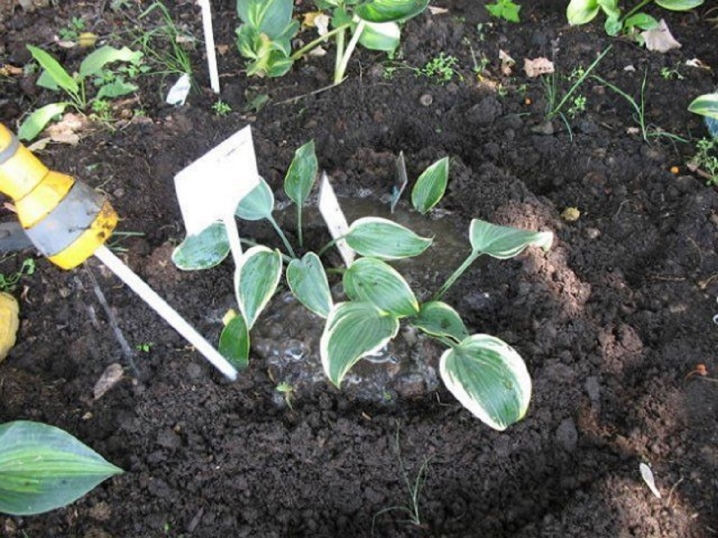
The jet is directed under the leaves using a separator. It is better if watering is frequent and moderate than rare and abundant, because the roots can suffer from excessive moisture. In addition to watering, the soil should be regularly loosened and rid of weeds. However, if the hosts are still too small, the weeds near the roots are not pulled out completely, so as not to damage the roots of the young.

The shape of the bush deserves special attention. So that it does not become too sprawling and rare, it is advised to remove the first peduncles. For the same purpose, hosts should be transplanted regularly (every five years). In addition to adjusting the appearance, the transplant provides material for propagation, allows you to unload the flower beds and assess the condition of the root part. Any changes in the form of spots on the leaves or drying out require action. Although considered hardy hosts, they sometimes suffer from infections and pests. At first, you can use fungicides, but if the disease develops, the plant will have to be removed.
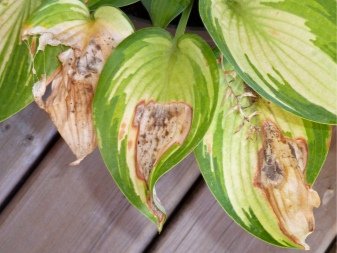
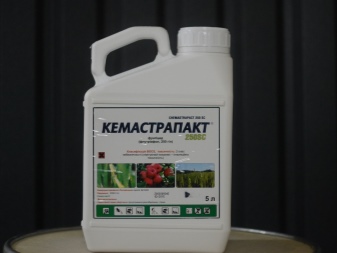
There are two points of view about circumcision for the winter. Some gardeners are advised to remove all greens, others - only damaged or dried leaves. But in any case, it is better to insulate the flower bed, especially in regions with a harsh climate. For this, you can use any available materials - straw, spruce branches, burlap or cardboard. The protective layer is removed in spring, when the probability of frost decreases.
How to grow hosta from seeds, see below.







































































































The comment was sent successfully.